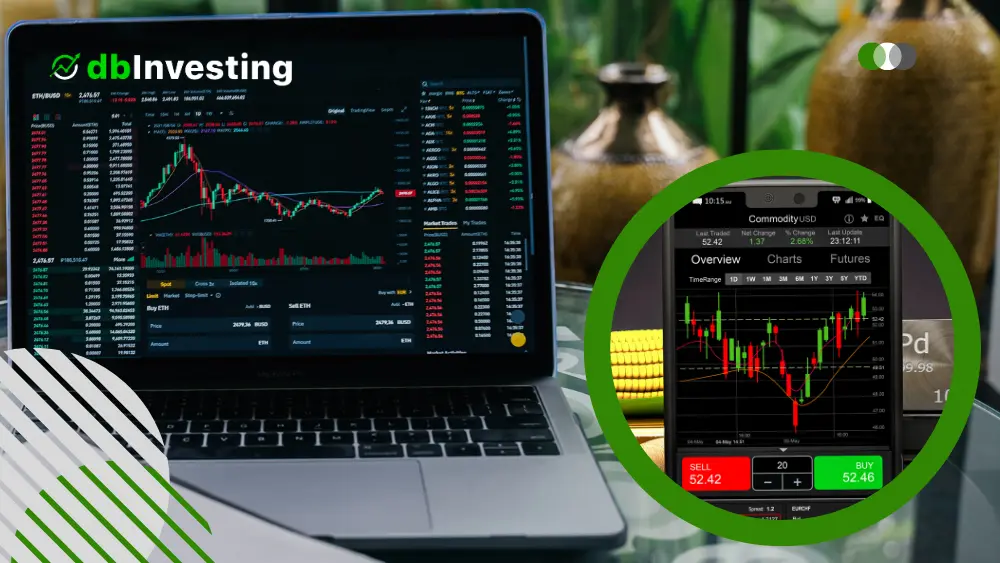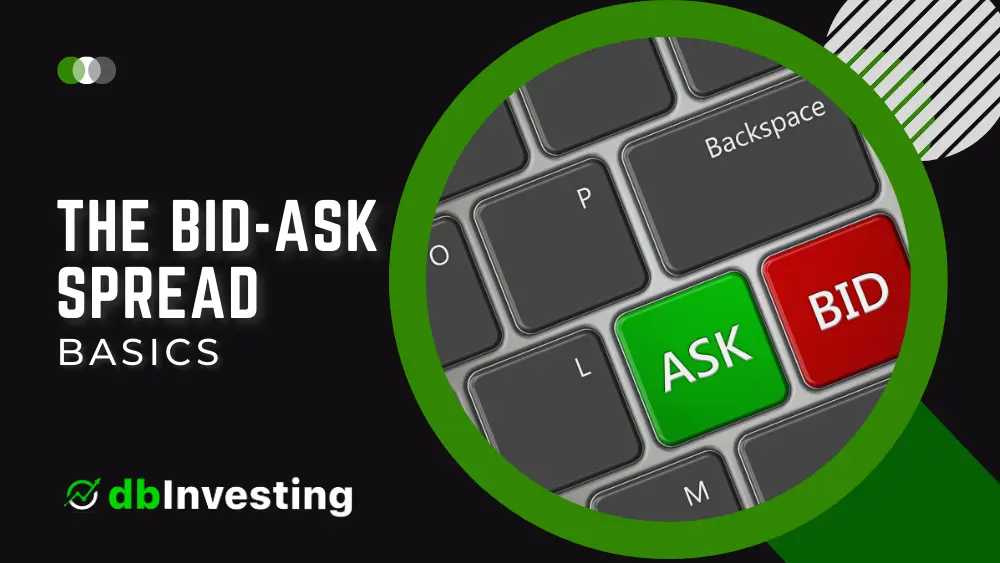The bid-ask spread is an important concept for all investors and traders to understand, as it represents the difference between the highest price a buyer is willing to pay for an asset (the “bid”) and the lowest price a seller is willing to accept (the “ask”). In this article, we will explain the basics of the bid-ask spread and why it is so important in financial markets.
What is the Bid-Ask Spread?
The bid-ask spread is a measure of the supply and demand for an asset in the market. It is the difference between the bid price, which is the highest price that a buyer is willing to pay for an asset, and the ask price, which is the lowest price that a seller is willing to accept. The spread is expressed in terms of either a percentage of the asset’s price or a dollar amount.
The bid-ask spread can be thought of as the cost of buying or selling an asset in the market, as it represents the difference between what the buyer is willing to pay and what the seller is willing to accept. The larger the spread, the higher the cost of executing a trade, which can have a significant impact on the overall return on investment.

Why is the Bid-Ask Spread Important?
The bid-ask spread is important for several reasons, including:
- It represents the cost of trading: As mentioned above, the bid-ask spread represents the cost of executing a trade in the market. The wider the spread, the higher the cost of trading, which can negatively impact the overall return on investment.
- It provides a measure of liquidity: The bid-ask spread is an important indicator of the liquidity of an asset in the market. A narrower spread generally indicates higher liquidity, as there are more buyers and sellers willing to trade at close to the same prices.
- It can impact the price of the asset: The bid-ask spread can have a significant impact on the price of an asset, as the spread represents the difference between the highest price a buyer is willing to pay and the lowest price a seller is willing to accept. If the spread is large, it may be difficult for buyers and sellers to agree on a price, which can result in a lower overall price for the asset.

Conclusion
The bid-ask spread is a critical concept for all investors and traders to understand, as it represents the cost of trading and provides a measure of liquidity in the market. By understanding the basics of the bid-ask spread, investors can make informed decisions about when and how to trade in financial markets.



